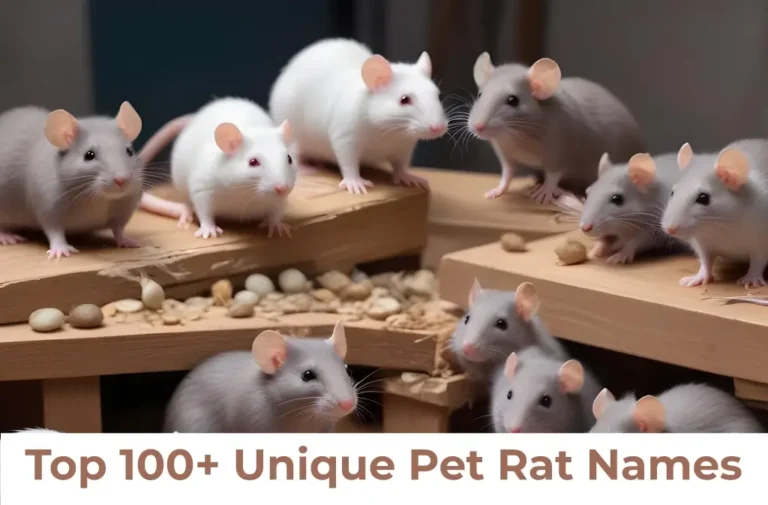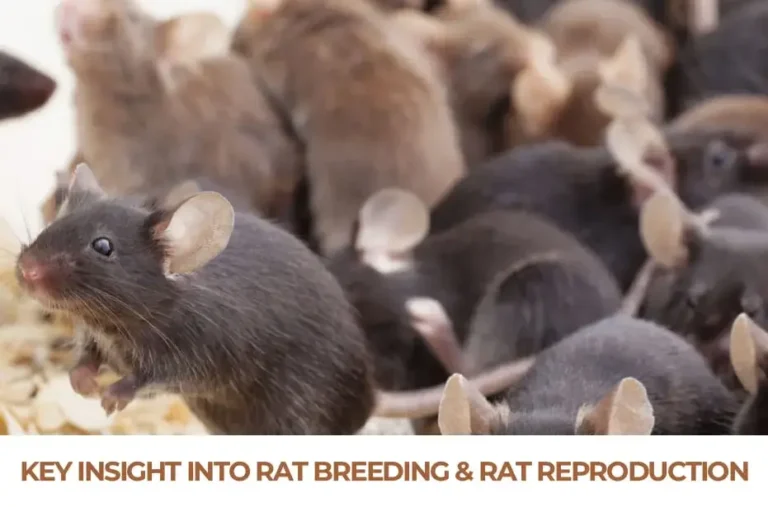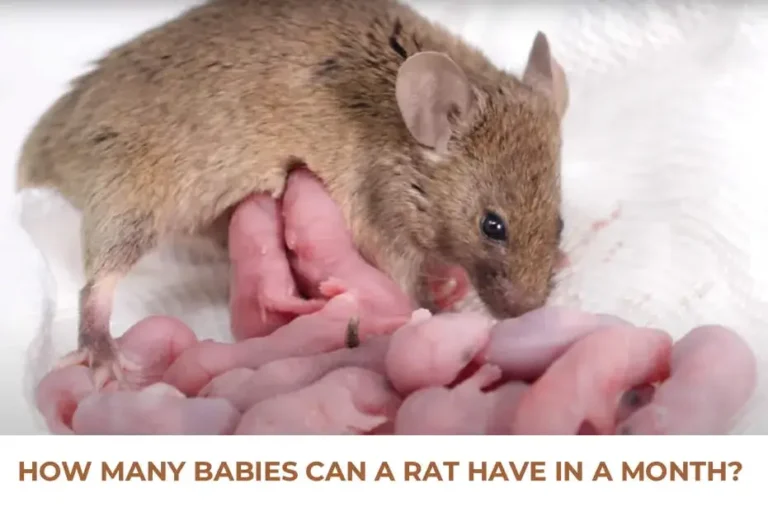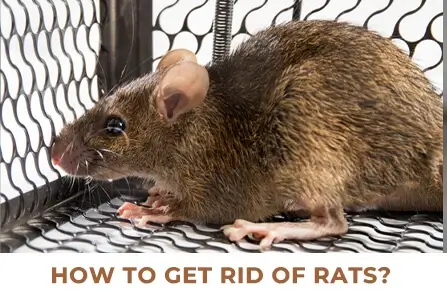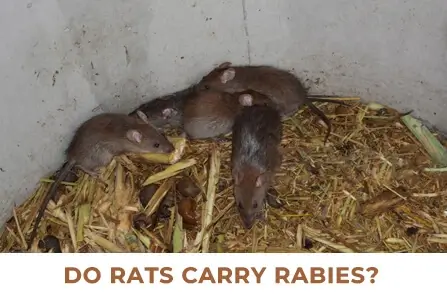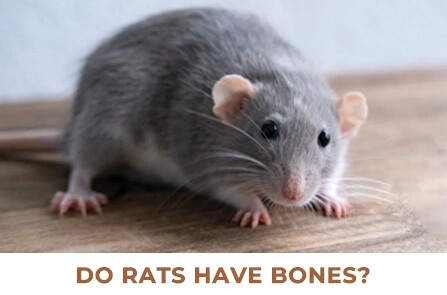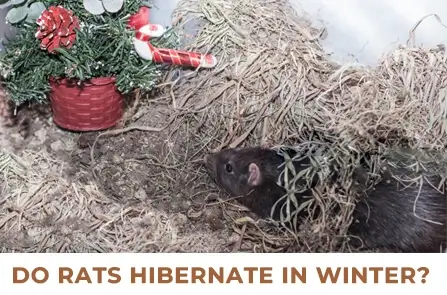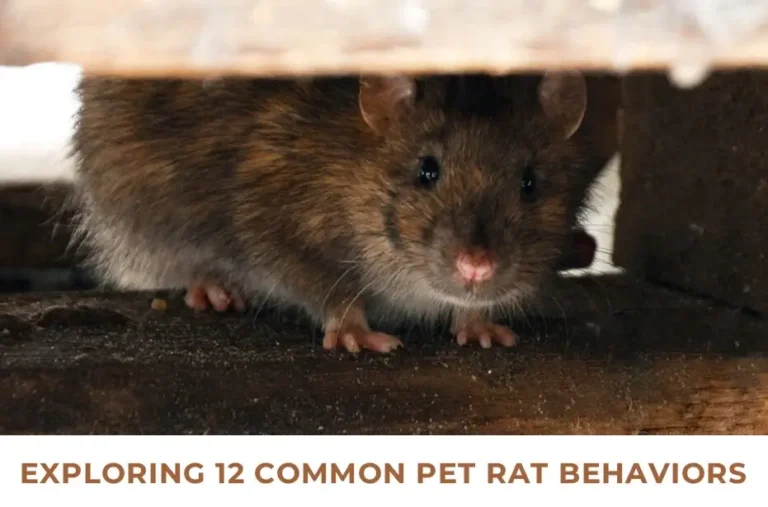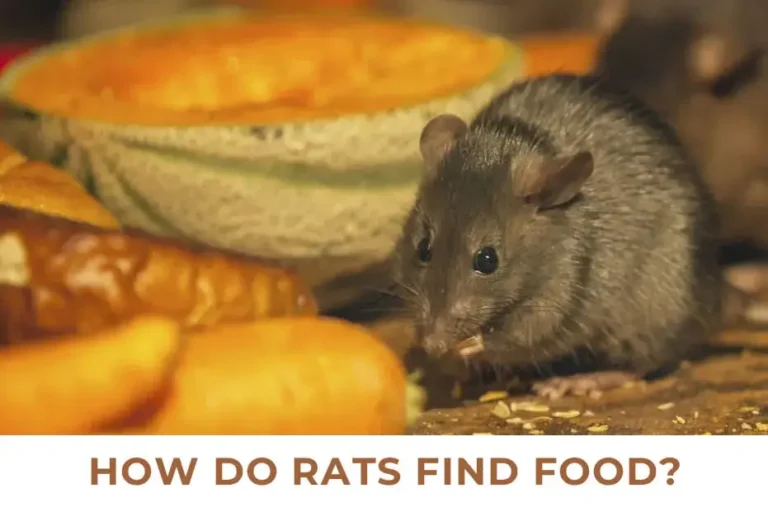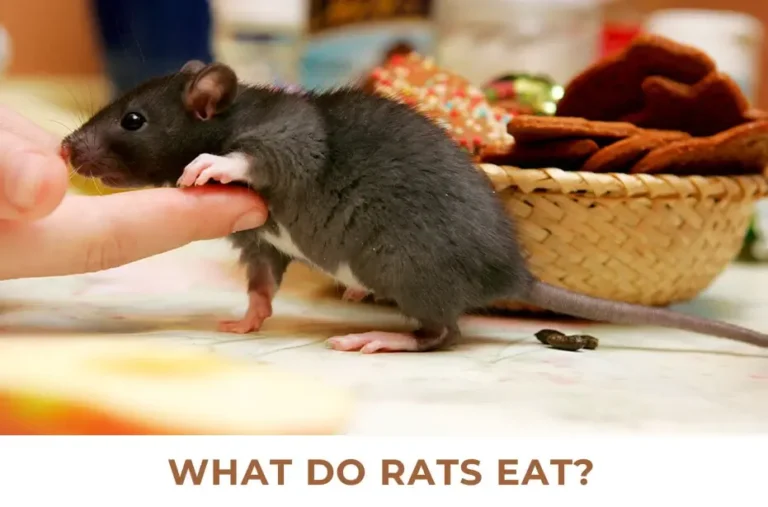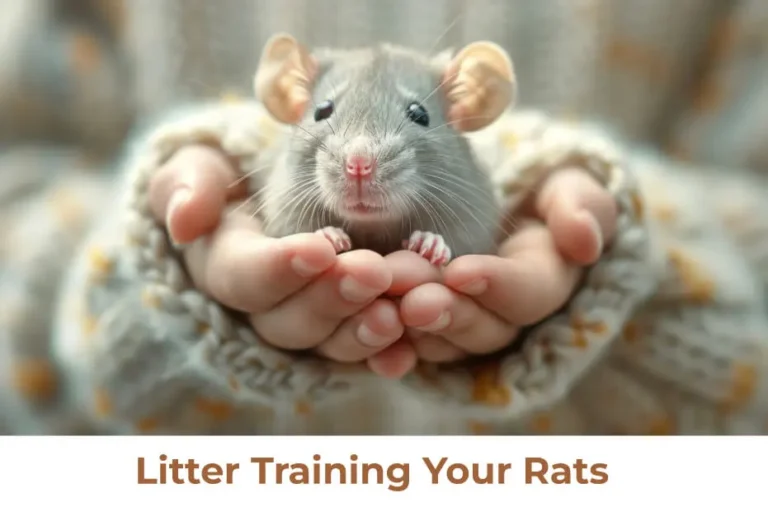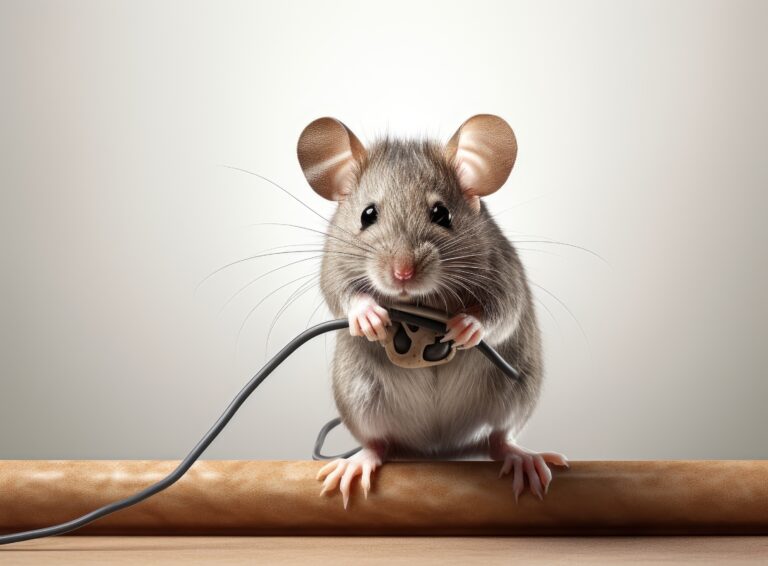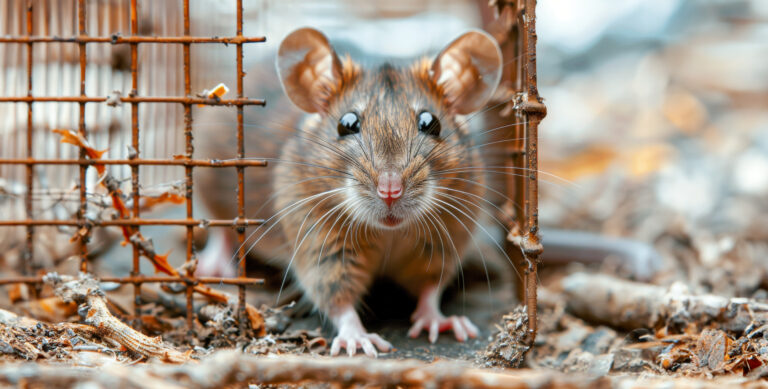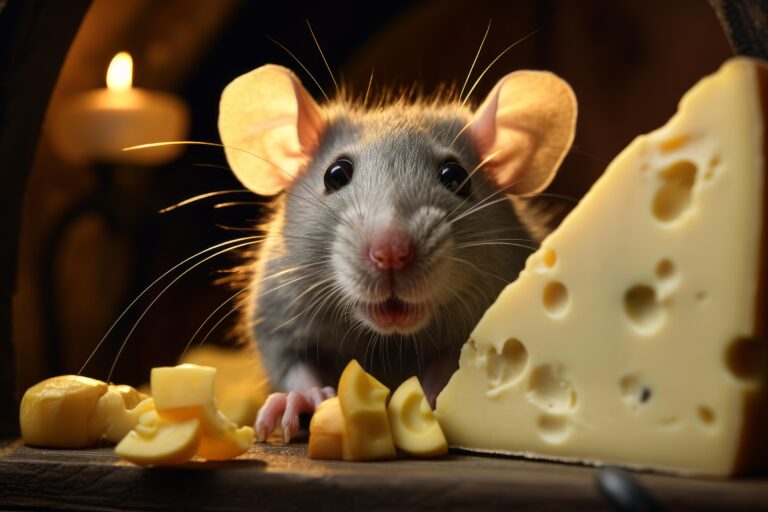Exploring 12 Common Pet Rat Behaviors
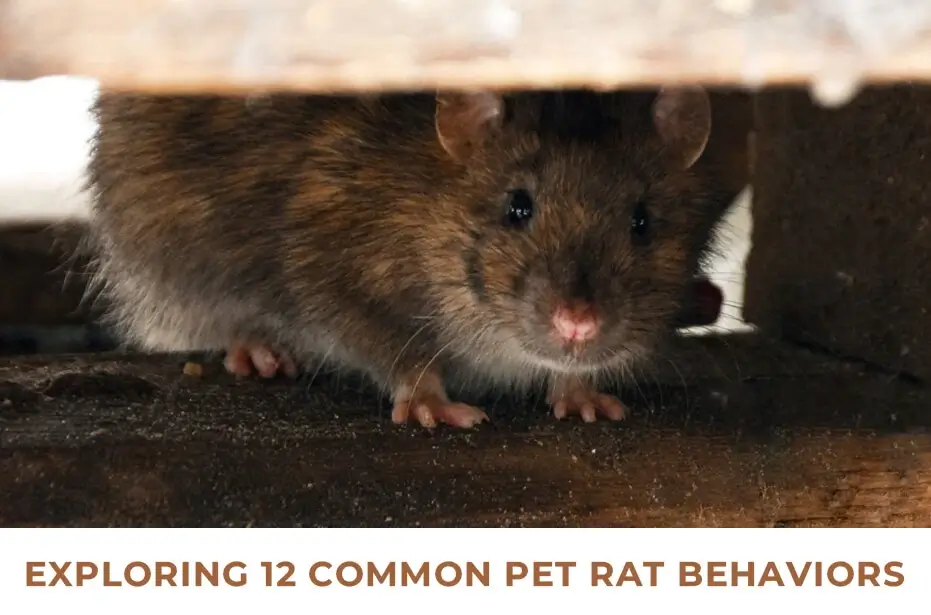
Rats are highly social, curious, and intelligent pets. They can make good pets because of their exploring behavior and attractive appearance. People close to these little creatures would agree that they are very active, and their behavior attracts many pet enthusiasts. If you are keeping these adorable creatures for the first time or just curious about their personality, here is a brief description of some common pet rat behaviors. You can better bond with your little bundle of joy by understanding their personality.
Learn more: 10 Captivating Facts About Rats
List OF 12 Common Pet Rat Behaviors
Vocalization
Generally, rats are quiet pets, and humans rarely hear their communication. They communicate barely above human hearing, but some common vocalizations of these pets include squeaks, grinding, hissing, and chattering. Their vocalizations can update you about their behavior, such as being happy, upset, scared, or in pain. Besides this, the frequency of their pitch indicates whether your little friend is disturbed or happy.
Burrowing
Burrowing and digging are common pet rat behaviors. They need to satisfy their instincts, so it is advised to provide your furry fellow with safe bedding to fulfill these instincts. Provide them a dig box with safe materials such as play sand and clean dirt.
Investigating
Pet rats are famous for their curious and exploring behavior. Before eating new things, they use their sensory ability to investigate. During playtime, they love to investigate and explore new things. Their vision sense could be better, but touching and sniffing help them investigate new items.
Gnawing
Because rats belong to the rodent family, they have the habit of chewing almost everything. They also have constantly growing incisors, so chewing becomes necessary to wear down these teeth. Prevent their teeth from overgrowing by providing them with chewy toys.
Climbing
Climbing is one of the common pet rat behaviors. Rats like climbing, so a rat-safe climbing wheel in their cage would be a good addition. Introducing rat-safe ropes, ladders, and climbing toys will help them exercise. Hidden boxes, hammocks, cardboard boxes, exercise wheels, and bridges will promote safe climbing and exercise.
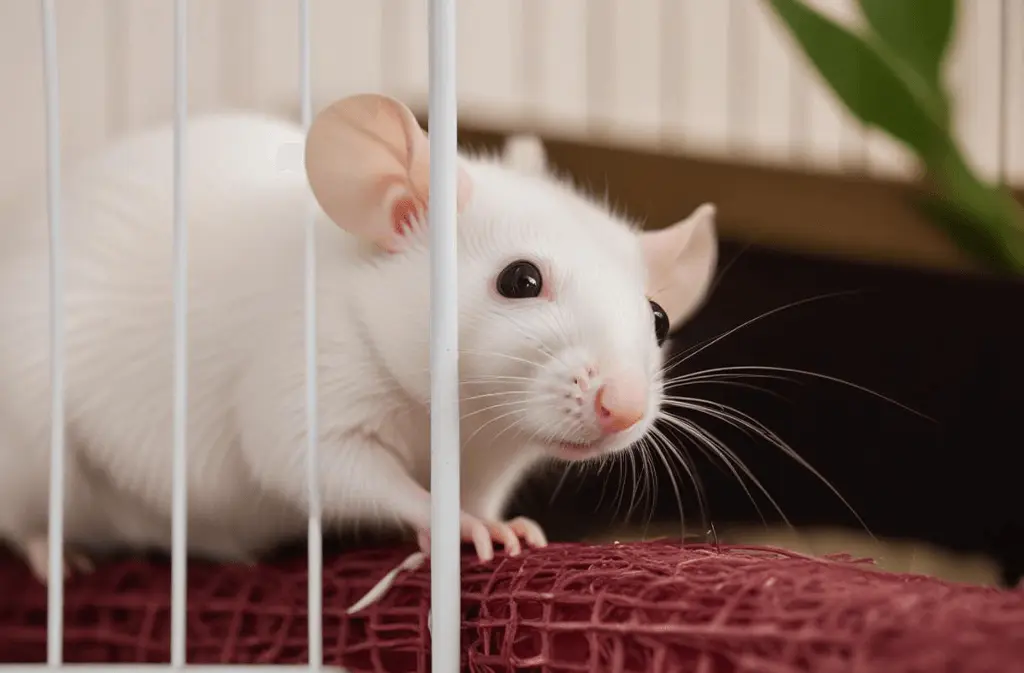
Grooming
The pet rats keep themselves clean and generally need minimal bathing and brushing. They groom themselves by cleaning several times throughout the day. They rub their paws on the face and move their bodies down to the tail to help them clean and groom. Sometimes, they also suffer from barbering, a hair loss problem caused by over-grooming.
Biting
When these pets are in pain, they might bite their caregivers, but the possibility of biting is minimal. They have continuously growing incisors that they can use to bite when in pain. However, these pet rats are easygoing. Don’t pick them up when you suspect that they are in pain.
Boggling
Boggling is one of the common pet rat behaviors in which they move their eyes in and out of the socket. When they grind their front teeth, their eyes become much larger. The bulging eyes of these pets are normal and known as boggling. Observe their behavior while boggling and take them to the veterinarian if concerned.
Chattering
It is a habit of continuously grinding their incisor teeth. While chattering, they produce larger, stronger, and cracking sounds. Chattering in these pets is considered an internal struggle connected with internal struggle and annoyance.
Playing
Rats are social and inquisitive rodents who thrive in the company of their kind. They love to play and have a habit of play fighting. During play, these pets produce sounds such as chirps to show they are having fun. While pet rats love to play, they are generally nocturnal and become more active or make noises during the night.
Bruxing
Bruxing is considered one of the common pet rat behaviors. Rats are habitual of grinding their teeth continuously. They also have growing incisors; therefore, bruxing protects their teeth from overgrowing. These pets need specific toys or chewy materials to wear down their teeth. Relying just on bruxing wouldn’t keep their teeth healthy.
Scent Marking
These rats have glands on both sides of the abdomen. These glands contain natural oil. They use these glands to scent mark the area of their territory. Using this natural oil, they rub their bodies and mark their environment. These pets might also urinate to mark their territory. Therefore, consider it their natural behavior.
Conclusion!
Rats are adorable little rodents that can be found worldwide in different colors, species, and shapes. These little pets show some personality traits that make them unique. Some common pet rat behaviors include bruxing, scent marking, playing, chattering, boggling, biting, grooming, climbing, gnawing, burrowing, and investigating. If your little companion shows any of these behaviors, consider it normal. These behaviors make these pets unique and attractive to pet enthusiasts.

Matthew Daviss
Explore the insightful world of rodents with our exciting articles written with expertise and passion by our rodent care specialist, Dr. Matthew Daviss.


